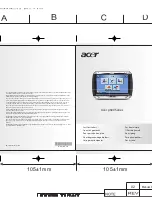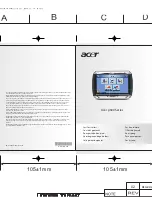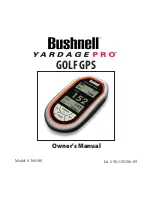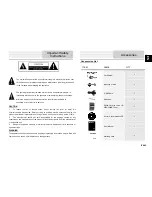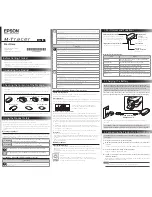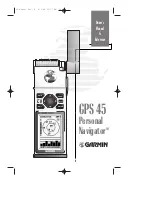
Chapter 14: Automatic Identification System (AIS)
213
14.3What do I need to run AIS?
In order to run AIS, you will need:
• A receive only unit or a full transponder.
Note:
A receiver will allow you to receive data about other vessels in your area but will not
allow other vessels to ‘see’ you. A full transponder transmits and receives AIS data and
therefore allows you to receive data about other vessels and for other AIS equipped vessels
to see and receive information about your vessel. This could include position, course, speed
and rate of turn data.
• A VHF antenna - this is usually supplied with the AIS system.
• A GPS - to provide position data.
• A Compass - although not essential, will improve speed calculations.
When the AIS unit is connected to the E-Series display, the status of the unit is indicated
by an AIS icon in the transducer data box.
You will now need to specify the 38,400 baud for the NMEA port that communicates
with the AIS transceiver or receiver (see
page 230
).
14.4Selecting the AIS function
AIS is a selectable layer of the chart or radar application. To switch on AIS:
AIS status
The status of the AIS is displayed in the data bar
on your display.
If your own boat’s position is lost the display
will disable the AIS functionality and will
display the ‘No AIS’ icon.
Once your own boat’s position returns and the
AIS display is switched on, the display will re-
enable the AIS function.
PRESENTATION...
D8521_1
Toggle as required
On chart windows:
On radar windows:
CHART LAYERS...
PRESENTATION...
Toggle as required
AIS LAYER
ON OFF
AIS LAYER
ON OFF
D9014_1
AIS unit not available
i.e. not connected or off.
AIS unit switched on and
operating.
AIS unit switched on and
operating but dangerous &
lost target alarm disabled.
AIS unit on with active
alarm.
Summary of Contents for E120W
Page 1: ...E Series Networked Display Reference Manual Document number 81244_2 Date March 2006...
Page 22: ...6 E Series Networked Display Reference Manual...
Page 48: ...32 E Series Networked Display Reference Manual...
Page 194: ...178 E Series Networked Display Reference Manual...
Page 200: ...184 E Series Networked Display Reference Manual...
Page 206: ...190 E Series Networked Display Reference Manual...
Page 226: ...210 E Series Networked Display Reference Manual...
Page 254: ...238 E Series Networked Display Reference Manual...
Page 272: ...256 E Series Networked Display Reference Manual...
Page 276: ...260 E Series Networked Display Reference Manual...































